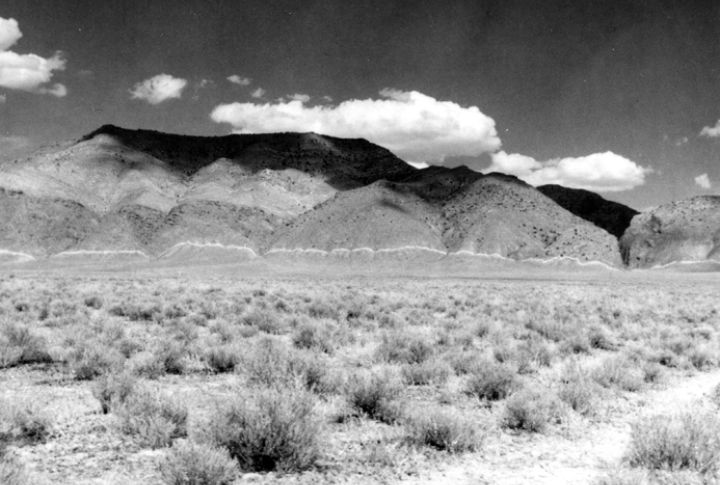Nevada
10 Things People Get Wrong About Nevada Real Estate

Buying in Nevada can feel straightforward until the fine print and local realities set in. Misinformation spreads fast, and half-truths persist across countries. Here’s what you’ll want to know before making any real estate decisions in the Silver State. It may save you time.
Nevada Homes Are Not Always In The Desert

Northern Nevada offers more than an arid desert—think snow covered peaks, chilly winters, and cool lakefront views. Reno alone gets about 22 inches of snow each year, while places like Lake Tahoe offer luxury homes and a drastically different climate shaped by elevation changes.
There’s No State Property Tax—But That’s Misleading

Nevada skips the state-level property tax, but local governments still take their cut. Counties like Washoe and Clark calculate taxes based on assessed value and rate multipliers. The good news? The state still holds a lower effective tax rate than the national average.
The Las Vegas Market Isn’t Always Booming

It’s a mistake to assume Las Vegas real estate always climbs. Between 2022 and 2023, prices dropped nearly 10%. Tourism trends, employment shifts, and interest rates all impact growth, and history shows major hits, like the deep slump after the 2008 housing crash.
Water Shortages Do Affect Real Estate

Lake Mead’s record lows aren’t just headlines—they shape how homes get built. In Southern Nevada, developers face tighter water rules, and grass is banned in many new yards. The drought reaches deeper into real estate than most expect, as it is factored into zoning and development plans, too.
Nevada Isn’t Just Retirement Homes

Demand is rising in Las Vegas suburbs where schools influence decisions, and Reno’s tech expansion, led by companies like Tesla, continues to attract a new generation of homeowners. Nevada’s housing market is now shifting as younger buyers and families look beyond the retirement stereotype.
Casinos Don’t Drive Most Real Estate Demand

Casinos may headline Nevada’s image, but real estate growth tells a different story. Reno’s market surged thanks to Amazon and Tesla, and logistics hubs continue to expand. In many counties, home demand rises more from warehouse jobs than from anything linked to casinos.
Homes Near The Strip Aren’t The Priciest

Gated communities in Henderson and Lake Las Vegas often cost more, and suburban estates draw families who prioritize space and quiet over nightlife. Despite the bright lights and buzz, homes closest to the Las Vegas Strip don’t carry the steepest price tags.
The Housing Supply Isn’t Endless

New development in Nevada faces real limits. With nearly 85% of the land federally owned, builders can’t expand freely. Desert zoning rules and environmental protections also slow things down, meaning urban growth happens more slowly than many buyers and investors expect.
Wildfire And Earthquake Risks Do Exist

Parts of Nevada deal with natural hazards that influence both insurance rates and construction plans. Reno sits in a seismic zone with regular tremors, and recent wildfires have put entire developments at risk, especially in Northern areas closer to mountain terrain.
Property Flipping Isn’t Always Profitable

Quick profits from flipping homes aren’t guaranteed in Nevada. In 2022, many Reno flips actually lost money. Between rising permit costs, construction delays from labor shortages, and stiff competition from large-scale investors, margins are shrinking faster than many flippers expect.

